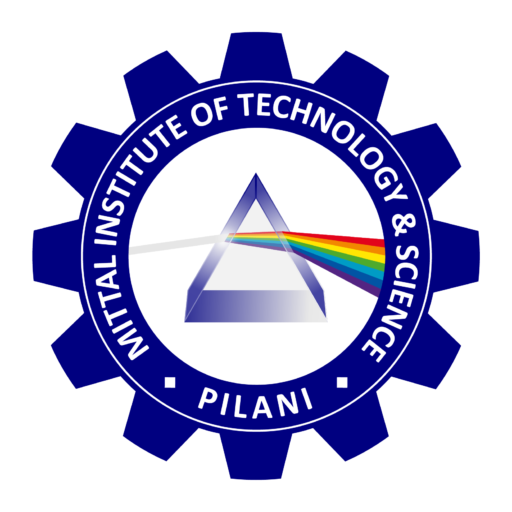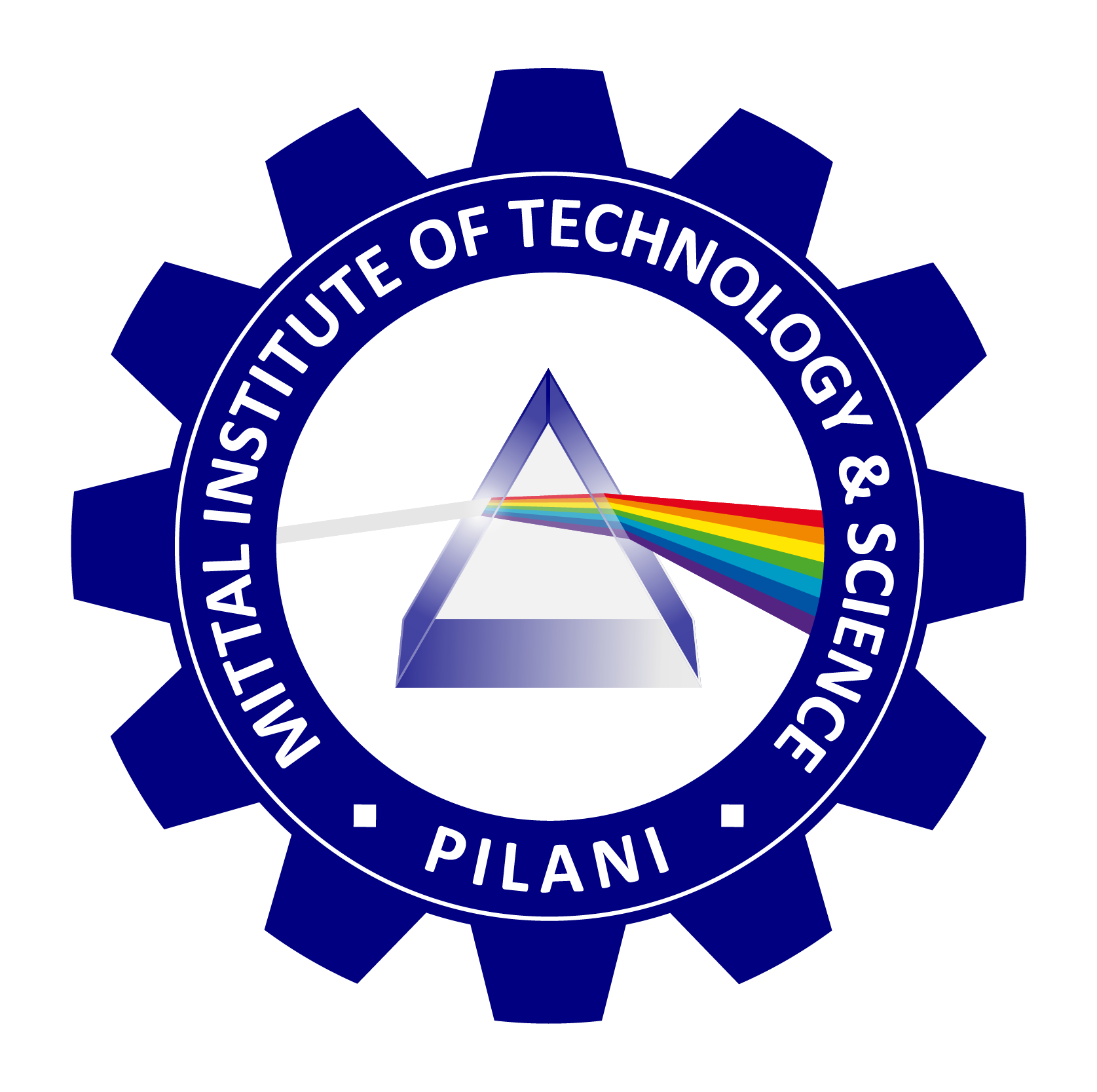
MITTAL INSTITUTE OF TECHNOLOGY & SCIENCE, PILANI
Internet of Things (IoT)
The Internet of Things (IoT) has emerged as one of the most transformative innovations of the 21st century. It interconnects billions of devices, enabling them to collect, exchange, and act upon data in real time. IoT is revolutionizing sectors such as manufacturing, healthcare, transportation, agriculture, and home automation. This essay delves into the fundamental aspects of IoT, including the protocols, hardware, software, networking technologies, and the steps involved in IoT development, along with an exploration of the applications, manufacturers, and programming environments.
IoT Protocols and Standards
The effective communication in IoT ecosystems hinges on robust protocols tailored to specific network conditions and device constraints. These protocols operate at various layers of the TCP/IP stack.
- Application Layer Protocols:
- MQTT (Message Queuing Telemetry Transport): Lightweight and used for communication in constrained environments with limited bandwidth. Ideal for low-power devices.
- CoAP (Constrained Application Protocol): Similar to HTTP but optimized for use in constrained networks. It operates over UDP and is used in devices that require real-time interaction with low power consumption.
- HTTP/HTTPS: Though widely used, it is not always suitable for IoT applications because of its high overhead, but it is common in devices requiring a secure, reliable connection.
- DDS (Data Distribution Service): Used for real-time systems and IoT devices requiring scalable, reliable data communication.
- Network Layer Protocols:
- 6LoWPAN (IPv6 over Low-Power Wireless Personal Area Networks): Allows IoT devices to communicate over IPv6 networks using constrained resources.
- RPL (Routing Protocol for Low-Power and Lossy Networks): Optimized for routing in low-power and unreliable networks often seen in IoT environments.
- Link and Physical Layer Protocols:
- IEEE 802.15.4 (Zigbee): A low-power wireless protocol often used in smart home and industrial automation applications.
- Bluetooth Low Energy (BLE): Designed for short-range communication with low energy consumption, commonly used in wearable devices.
- Wi-Fi: Though power-hungry, it is widely used in consumer IoT devices due to its high throughput.
- NB-IoT (Narrowband IoT): A cellular standard designed for IoT applications requiring low data rates, low power consumption, and extended range.
Hardware Components in IoT
IoT devices typically rely on specialized hardware components to manage data acquisition, processing, and communication.
- Microcontrollers (MCUs) and Microprocessors (MPUs):
- ARM Cortex-M Series: These microcontrollers are ubiquitous in IoT devices due to their low power consumption and sufficient processing capability for handling real-time data.
- Intel Quark and Atom Processors: These are used in more compute-intensive IoT applications, especially in industrial and gateway devices.
- ESP32 and ESP8266: Popular in hobbyist and low-power IoT applications, they integrate Wi-Fi and Bluetooth capabilities.
- Peripheral Devices:
- Sensors: Essential for gathering environmental data (e.g., temperature, humidity, light, motion). Examples include MEMS (Micro-Electro-Mechanical Systems) sensors and accelerometers.
- Actuators: Devices like motors, relays, and valves that interact with the physical environment based on sensor data.
- Wireless Modules: Components like Wi-Fi, BLE, Zigbee, and LoRa modules enable wireless connectivity in IoT devices.
- Networking Hardware:
- Gateways: Gateways aggregate data from sensors and devices, often translating between protocols (e.g., from Zigbee to Wi-Fi). They act as intermediaries between local devices and cloud services.
- Routers and Switches: In larger IoT networks, especially industrial ones, routers and switches play a vital role in managing the communication between devices and the cloud or external servers.
- Network Interfaces: Network interface cards (NICs) in IoT devices handle the device’s interaction with a network, whether wired or wireless.
Networking and Addressing in IoT
One of the major challenges of IoT networking is addressing billions of devices in a scalable manner.
- IPv4 vs. IPv6:
- IPv4: Due to the limited number of IPv4 addresses, it is not ideal for IoT networks, which require a vast number of unique IP addresses.
- IPv6: With its enormous address space (128-bit address size), IPv6 is designed to handle the addressing needs of IoT networks. 6LoWPAN ensures efficient use of IPv6 in low-power wireless networks.
- Bandwidth and Wireless Channels:
- IoT devices often communicate over low-bandwidth channels due to constraints like limited power and range. NB-IoT and LoRaWAN provide low-bandwidth, long-range communication for devices that transmit small amounts of data.
- In contrast, more powerful devices, such as home security cameras, may rely on Wi-Fi networks with higher bandwidth to transmit video streams.
- Wired vs. Wireless Connections:
- Wireless connections are favored in most IoT applications for convenience and flexibility, especially in environments where wiring is impractical (e.g., agriculture, smart cities).
- Wired connections are used in mission-critical or high-bandwidth applications, such as industrial control systems, where reliability and security are paramount.
Applications of IoT
The potential applications of IoT span across various industries:
- Smart Homes: Devices such as thermostats, lighting systems, security cameras, and voice-activated assistants improve comfort, security, and energy efficiency.
- Healthcare: Wearable devices monitor vital signs and health conditions, enabling real-time health tracking and remote diagnostics.
- Manufacturing (IIoT): Industrial IoT (IIoT) systems optimize production lines, predictive maintenance, and asset tracking, driving efficiency and reducing downtime.
- Transportation and Logistics: Connected vehicles, fleet management, and real-time asset tracking streamline supply chain operations and improve traffic management.
- Agriculture: IoT-based systems monitor soil conditions, crop health, and water usage, enhancing precision agriculture.
Manufacturers, Vendors, and Clients
Several key players contribute to the IoT ecosystem:
- Manufacturers: Intel, ARM, Qualcomm, NXP, and Broadcom produce the chips and microcontrollers that power IoT devices.
- Vendors: Cisco, Huawei, Dell, and IBM offer IoT platforms and networking infrastructure. Amazon Web Services (AWS), Microsoft Azure IoT, and Google Cloud IoT provide cloud-based IoT services for device management, data analytics, and machine learning.
- Clients: Industries like healthcare, manufacturing, agriculture, and smart cities deploy IoT solutions to enhance operations, improve efficiency, and offer new services.
- Consumers: Individuals in homes and businesses use IoT devices like smart thermostats, security systems, and wearable health devices.
IoT Development Process
- Ideation and Planning: Defining the problem, requirements, and use case.
- Hardware Selection: Choosing sensors, actuators, communication modules, and microcontrollers or microprocessors.
- Software Development:
- Programming Languages: Common languages include C, C++, Python, JavaScript, and Node.js. Python is often used for IoT device scripting, while C/C++ is used for embedded programming.
- Operating Systems: Many IoT devices use real-time operating systems (RTOS) such as FreeRTOS or lightweight operating systems like Zephyr. More powerful devices use Linux-based systems.
- Networking: Choosing appropriate protocols, address schemes (IPv4/IPv6), and ensuring secure communication through encryption.
- Testing and Deployment: Prototype testing, network configuration, and cloud integration.
- Maintenance: Remote updates, security patching, and device monitoring.
Role of Embedded Programming in IoT
Embedded programming plays a critical role in IoT, especially for devices with limited processing power and memory. Development steps include:
- Designing Embedded Firmware: Writing low-level code in C or assembly language to interact directly with hardware components like sensors and actuators.
- Real-Time Constraints: Ensuring the embedded system can process data and perform actions in real time, especially in critical systems.
- Power Optimization: Writing efficient code to minimize power consumption, vital for battery-operated IoT devices.
- Testing: Debugging using tools like JTAG or UART to ensure correct operation of embedded code.
The Internet of Things has expanded into every industry, enabling a new era of data-driven decision-making and automation. The successful implementation of IoT systems depends on an intricate interplay of hardware, protocols, and software. Computer scientists, networking, and telecommunication professionals must work together to address the challenges of scalability, power efficiency, security, and interoperability in an increasingly interconnected world.

Professor Rakesh Mittal
Computer Science
Director
Mittal Institute of Technology & Science, Pilani, India and Clearwater, Florida, USA
